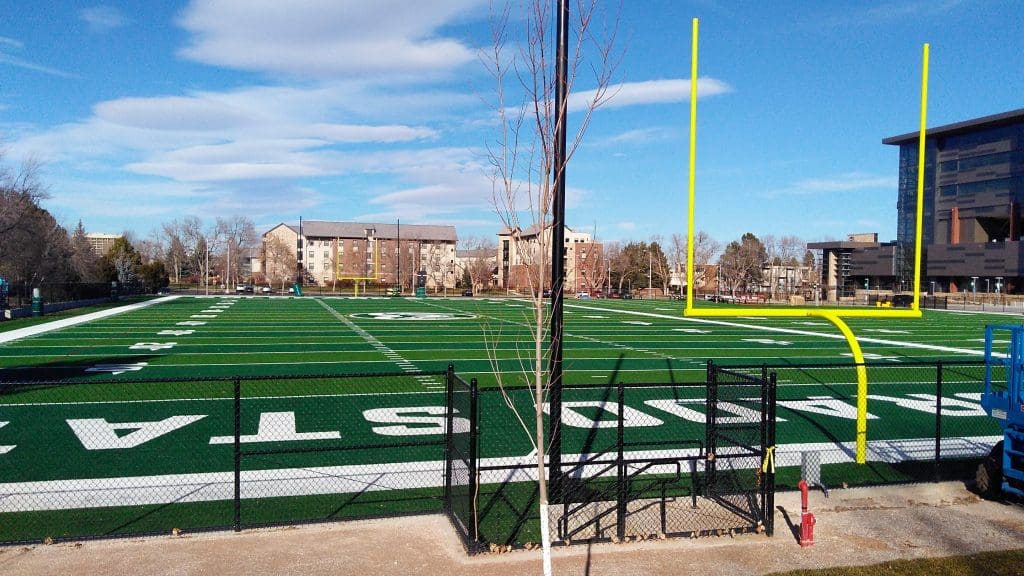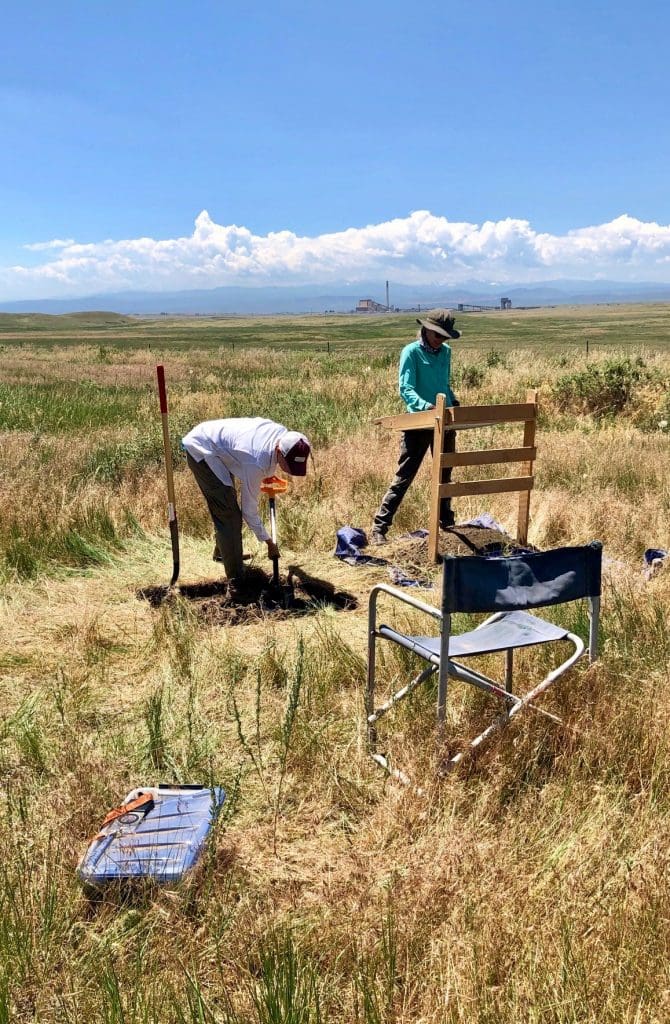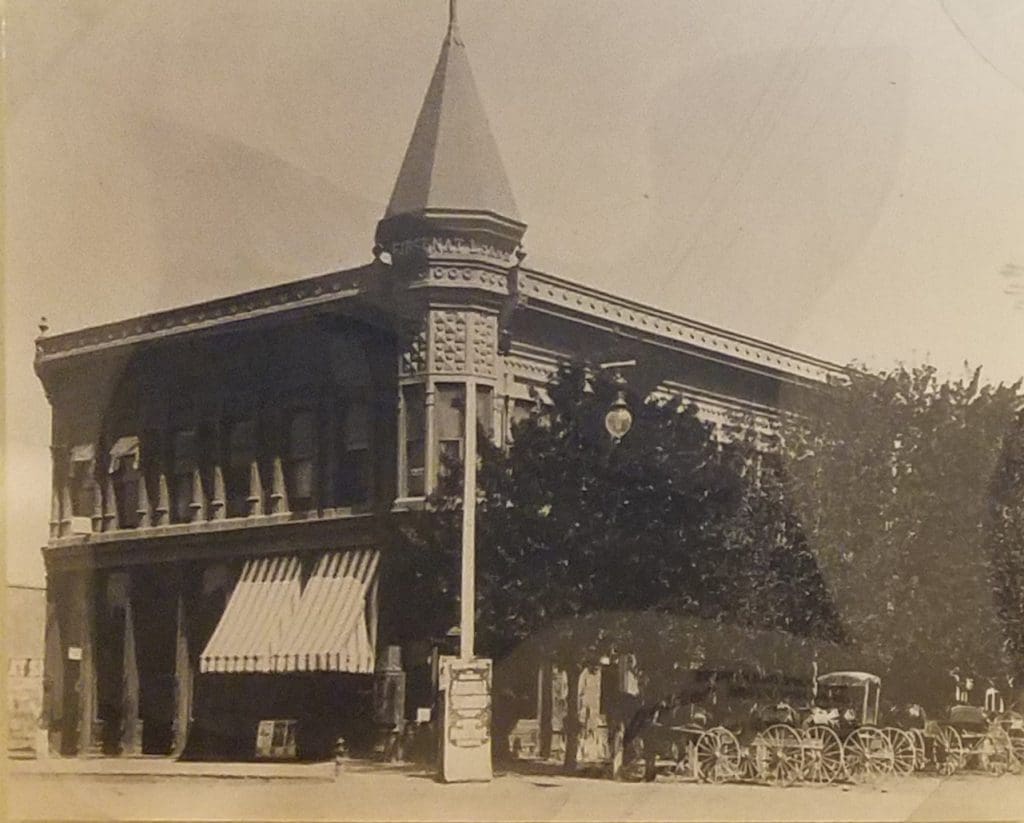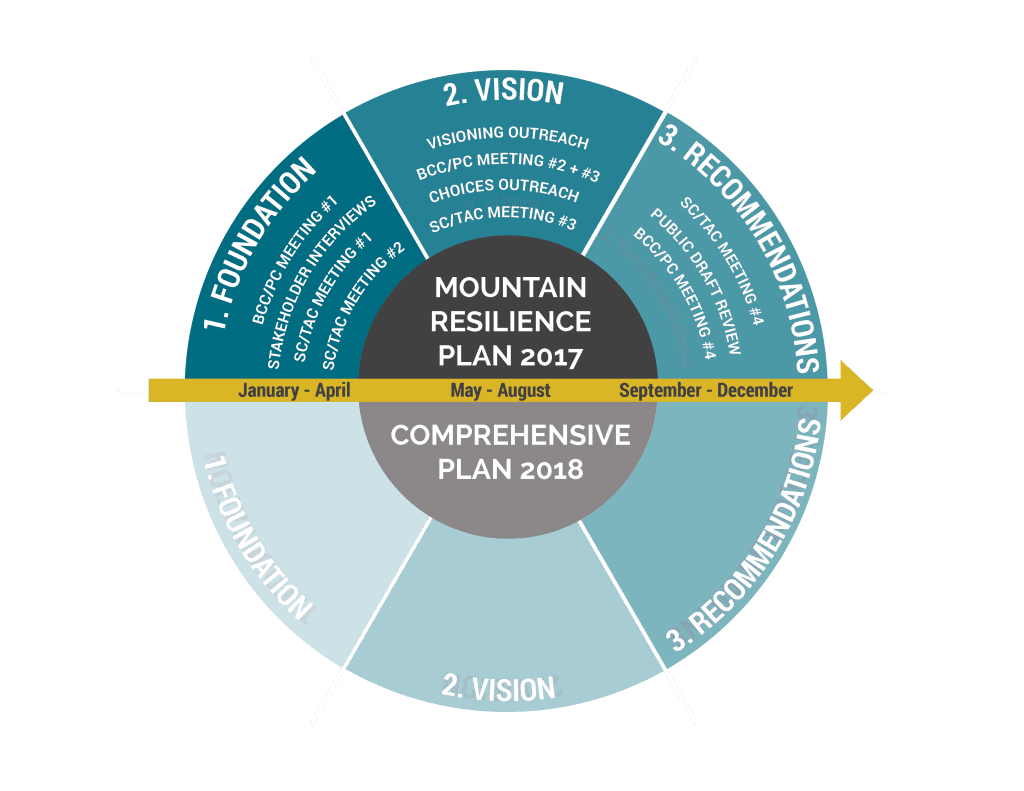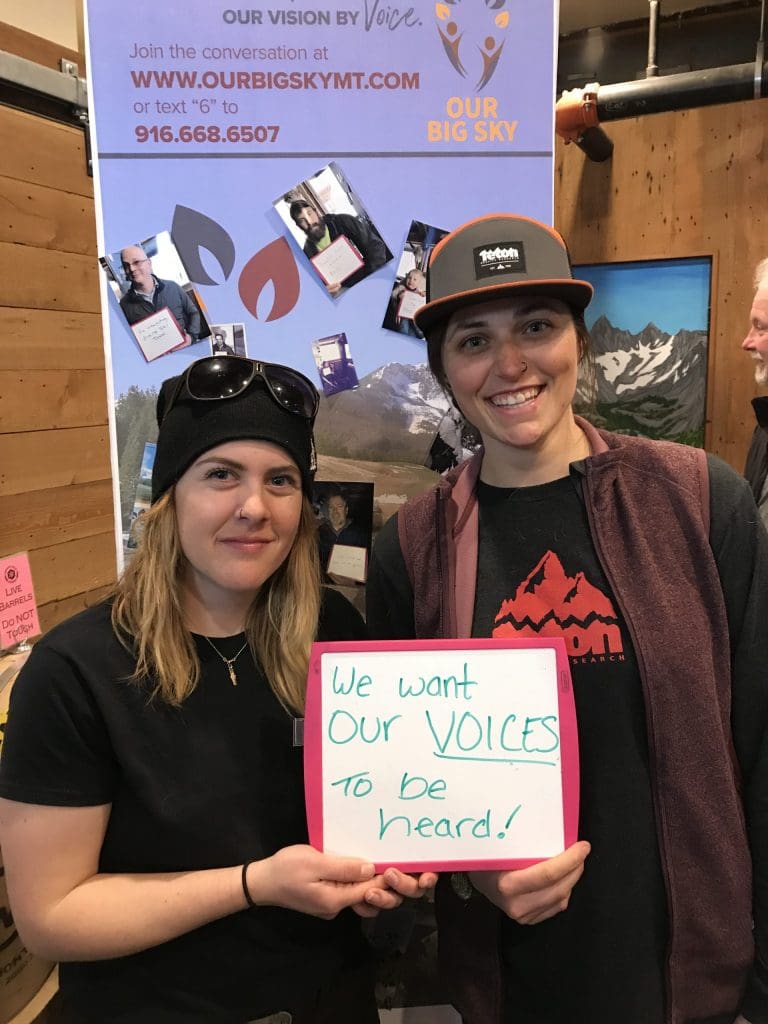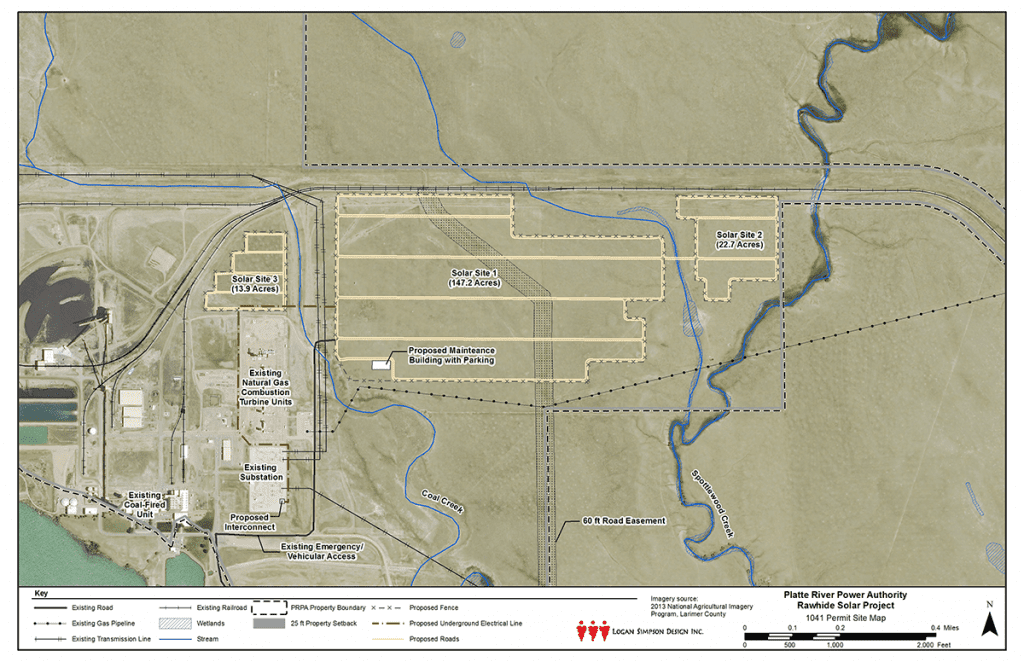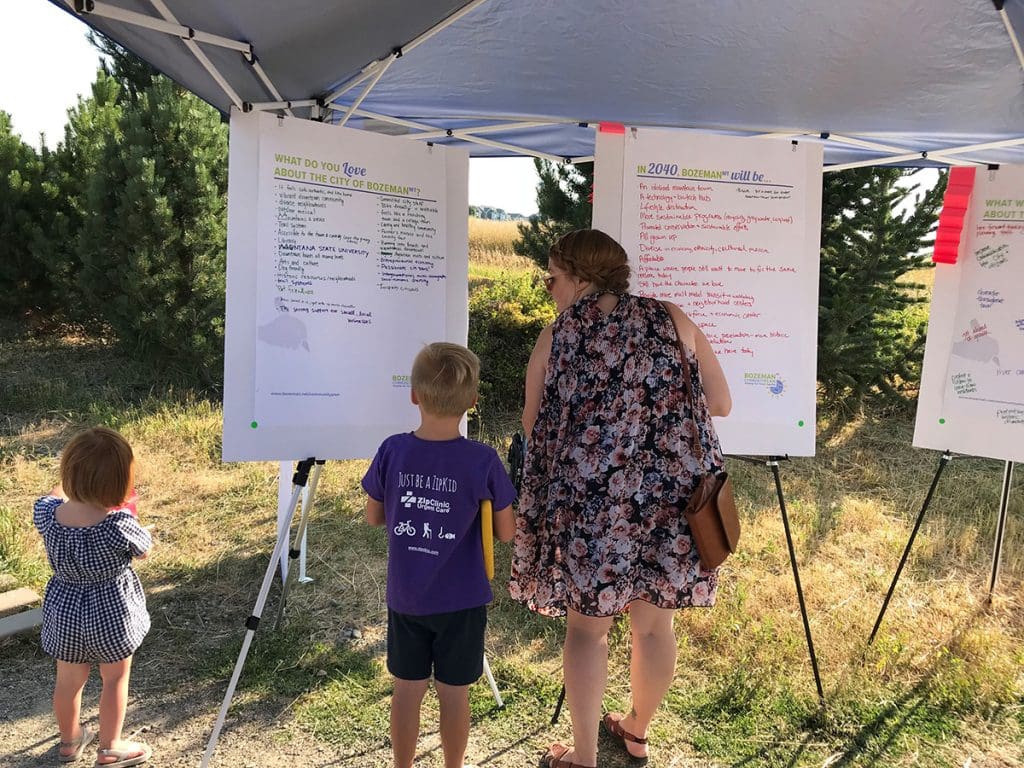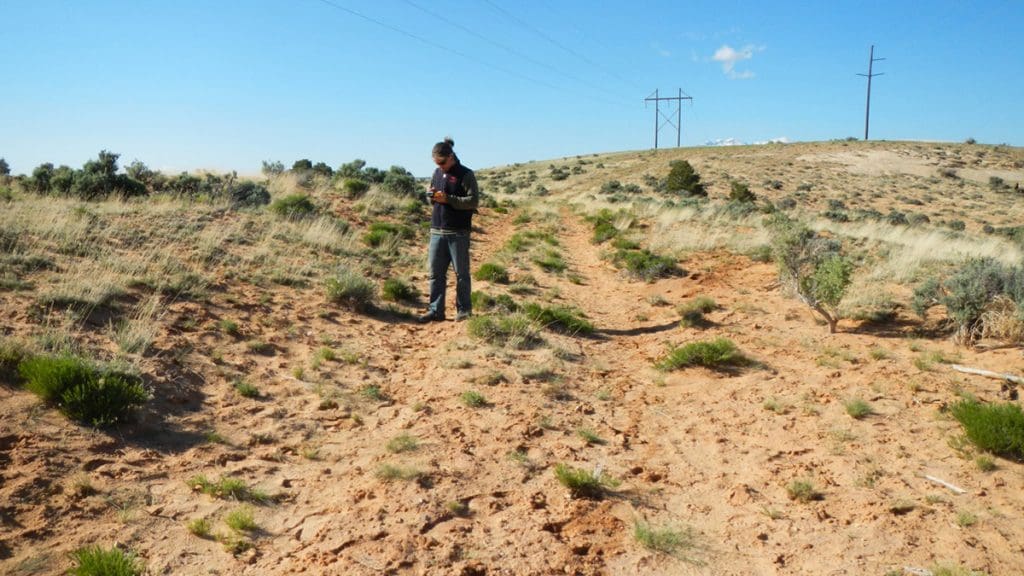CSU Football Practice Facility and Heritage Garden
Logan Simpson led the design of a football practice facility and a heritage garden adjacent to Colorado State University’s football stadium. The 2.6-acre facility contains a full-size field, a partial-length field, and specialty training equipment. The 0.7-acre Heritage Garden incorporates a decorative arbor and plantings from CSU’s six agricultural research stations to represent the university’s […]
CSU Football Practice Facility and Heritage Garden Read More »

